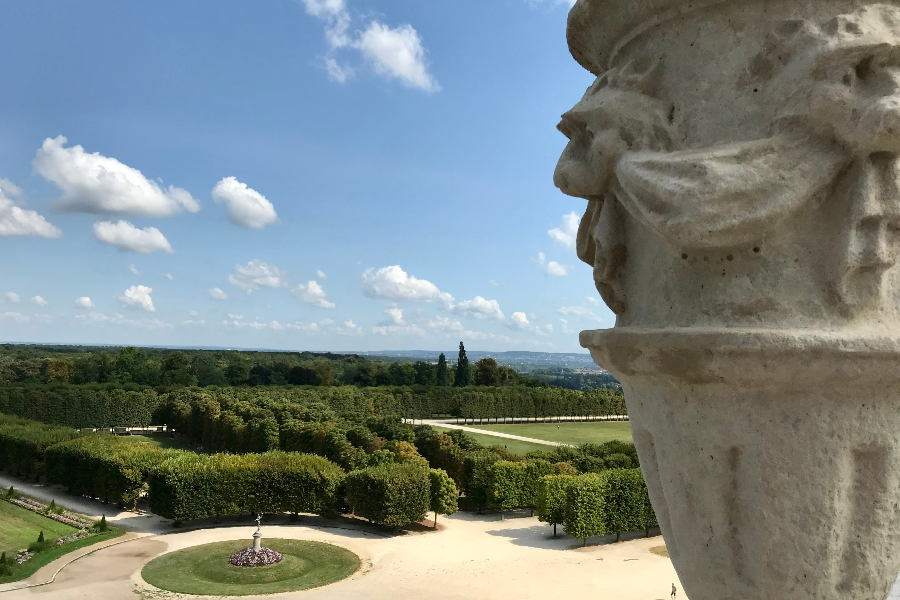CHÂTEAU ROYAL - NATIONAL ARCHAEOLOGY MUSEUM
Renaissance style castle, home to the National Archaeology Museum and exhibiting one of the rich archaeological collections
A royal residence since Louis VI le Gros in the 12th century, the Château de Saint-Germain-en-Laye has been a popular place of vacation and power for the kings of France. Three of them were born on the estate: Henri II, Charles IX and Louis XIV, as well as Marguerite de Valois, Queen Margot. Its enlargement and the construction of its Gothic chapel are attributable to Saint Louis, whom he entrusted to Hugues de Chelles between 1234 and 1238. François I then built a true Renaissance palace on the foundations of Charles V's old château, while Henri II and Henri IV built a second edifice, the Château-Neuf, between the Château-Vieux and the Seine. The most illustrious tenant of this new building was undoubtedly Louis XIV, the Sun King, born in Saint-Germain in 1638. He spent the first years of his reign here in 1666, before moving his court to Versailles in 1682. He had the interior of the five corner pavilions built by Mansart. Jacques II Stuart, King of England in exile, arrived at this uninhabited château in 1689 and occupied it until the middle of the 18th century. During the French Revolution, the château became a temporary prison from 1793 to 1794, then a garrison for veterans in 1798. In 1809, Napoleon I established a cavalry school there, which remained active until 1814. Under the July Monarchy, a military penitentiary for 537 inmates moved in, completely transforming the interior layout. The château was thus emptied of all royal furnishings reminiscent of its original function. However, many royal edicts and treaties were signed at Saint-Germain-en-Laye, including the 1919 treaty that officially ended the war with Austria.
Napoleon III had it restored by Eugène Millet from 1862, to house the Museum of Celtic and Gallo-Roman Antiquities, thus restoring the royal castle to its former glory. The museum, which became the Musée d'Archéologie Nationale in 2005, houses some 30,000 objects, over 2 million of which are still in reserve. These objects bear witness to human activity from the origins of the Palaeolithic to the Carolingian era, via the Iron Age and the Middle Ages. There are also 4 remarkable areas: the Saint-Louis chapel, the ballroom of François I, and the Piette room with its collection of prehistoric art. The museum is open to the public even during its renovation, until 2028.
Did you know? This review was written by our professional authors.
The strengths of this establishment:
Members' reviews on CHÂTEAU ROYAL - NATIONAL ARCHAEOLOGY MUSEUM
The ratings and reviews below reflect the subjective opinions of members and not the opinion of The Little Witty.







